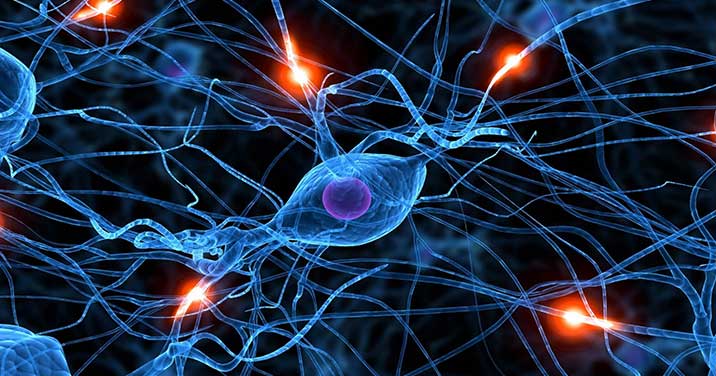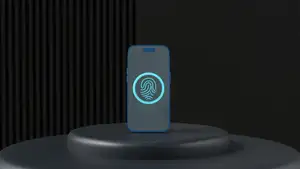
Breakthrough in Spinal Cord Injury Rehabilitation
At long last there looks to hope for victims of spinal cord injuries. As you already know, it is not uncommon for spinal cord injuries to result in paralysis. Yet ground breaking research from none other than the widely esteemed Mayo Clinic clearly demonstrates a new approach that may be the long awaited functional spinal cord injury rehabilitation.
Following is what this is all about. Mayo Clinic researchers used a combined approach of direct electrical stimulation on the spinal cord itself along with an intense physical therapy program. Get this: the end result of this research is that a 25 year lower spinal cord injury victim was able to intentionally move his paralyzed legs.
Pay attention to the fact that this man had not been able to move his own legs for the last three years. Now he can not only move his legs, he can actually stand and even make step like motions. Understandably, the research team was quite elated with the success of their research. Director of the Mayo Clinic Neural Engineering Laboratory Kendall Lee, M.D. had this to say: “…We’re really excited because our results went beyond our expectations. These are initial findings but the patient is continuing to make progress.
For the record, in this case, the 25 year old patient suffered a spinal cord injury in the middle of his back. After the injury, this patient was unable to move or feel anything below the middle of his torso. In terms of the research, note that the patient was put through a vigorous 22 week physical therapy program consisting of three training sessions per week. This therapy program was specifically designed to prepare his long dormant muscles to respond to electrical stimulation.
Next the Mayo Clinic team implanted an electrode in the epidural space directly below the injured location along the spine. This electrode was then connected to a computer controlled device that that implanted under the skin adjacent to the patient’s abdomen. After a recovery period from the implant surgery, the patient was then put through therapy again but this time with the direct electrical stimulation from the electrode.
The results amazed the entire Mayo Clinic team. For the first time in three years the patient was able to demonstrate intentional control of leg muscles. This is quite notable as the Mayo Clinic study is in fact the first time a patient was able to voluntarily control previously paralyzed muscles a mere two weeks after stimulation.
Naturally this study clearly suggests that some victims of spinal cord injuries may turn out to candidates for this type of combined stimulation and intense therapy approach. That being said, more research needs to be performed. All the same, the Mayo Clinic is a giant step forward for spinal cord injury rehabilitation.









